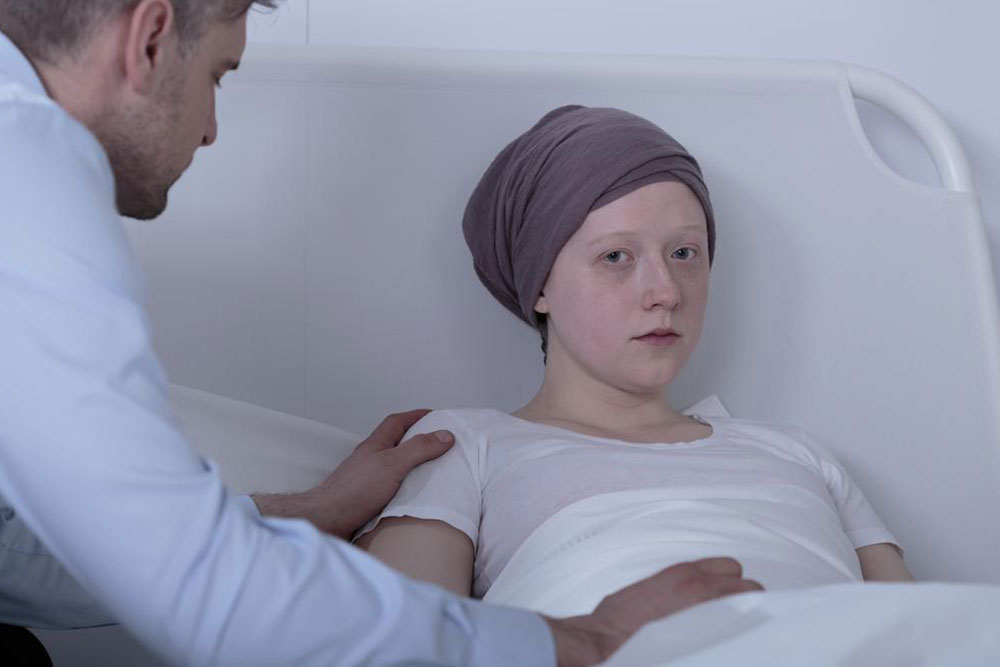In-Depth Guide to Modern Lymphoma Treatment Strategies
This comprehensive guide explores the various treatment options for lymphoma, including chemotherapy, radiation therapy, immunotherapy, and stem cell transplants. It discusses how personalized treatment plans are developed based on disease type, stage, and patient health. Advances in targeted and immune therapies have significantly improved prognosis, with many patients achieving long-term remission. The article also emphasizes the importance of multidisciplinary care and participation in clinical trials for refractory cases. Overall, these advancements offer hope and better quality of life for lymphoma patients, reflecting ongoing progress in oncology research.

In-Depth Guide to Modern Lymphoma Treatment Strategies
Lymphoma encompasses a complex group of blood cancers originating in the lymphatic system. The treatment approach for lymphoma depends highly on the specific type—whether Hodgkin's lymphoma or non-Hodgkin's lymphoma—as well as the disease's stage and the patient's overall health. Medical professionals tailor personalized treatment plans that combine various therapies to maximize effectiveness while minimizing side effects. Understanding the different treatment modalities and how they are integrated can help patients make informed decisions about their care and improve their prognosis.
Primary treatment methods include: chemotherapy, radiation therapy, immunotherapy, and stem cell transplants. These treatments are often used in combination, depending on the disease’s characteristics and progression.
Multidisciplinary care teams: Managing lymphoma requires collaboration among specialists such as oncologists, radiologists, immunologists, and specialized nurses. This team-based approach ensures that each patient receives the most appropriate and individualized treatment plan based on their unique circumstances.
The choice of treatment depends on multiple factors, including lymphoma subtype, disease stage, the patient's age, overall health, how aggressive the disease is, and how previous treatments have responded. For example, indolent (slow-growing) non-Hodgkin's lymphoma may be initially monitored without immediate intervention, while aggressive forms require prompt and intensive treatment to control disease progression.
Understanding chemotherapy in lymphoma treatment: Chemotherapy is the cornerstone of lymphoma management. It involves the use of powerful drugs that target rapidly dividing cancer cells, aiming to eradicate malignant cells or stop their proliferation. These medications can be delivered orally or through intravenous (IV) infusion and are often administered in cycles to optimize results while allowing the body to recover between treatments.
Radiation therapy and its role: Often combined with chemotherapy, radiation employs high-energy radiation such as X-rays, gamma rays, or particle beams like protons to precisely target and destroy cancerous tissues. Modern radiation techniques aim to maximize tumor control while minimizing damage to surrounding healthy tissues, thereby reducing side effects.
Stem cell transplantation therapies: Sometimes after chemotherapy or radiation, stem cells are infused into the patient to help regenerate healthy blood and immune cells. This transplant can be autologous, using the patient's own stem cells, or allogeneic, using donor cells. These procedures are especially useful in refractory or relapsed lymphoma cases, offering a chance for durable remission.
Immunotherapy advances: Immunotherapy leverages the body's immune system to fight lymphoma. Treatments such as monoclonal antibodies bind to specific antigens on lymphoma cells, marking them for destruction. T-cell therapies, like CAR-T (Chimeric Antigen Receptor T-cell therapy), have revolutionized treatment for certain lymphoma subtypes, especially those resistant to other therapies. These approaches often lead to durable responses and improved survival outcomes.
Targeted therapies: Targeted drugs are designed to attack specific genetic mutations or molecular pathways involved in lymphoma progression. Monoclonal antibodies and small-molecule inhibitors exemplify this approach, offering a more precise and less toxic alternative to traditional chemotherapy in many cases.
Participation in clinical trials: For patients with advanced, relapsed, or refractory lymphoma, clinical trials provide opportunities to access cutting-edge treatments that are still under investigation. While these experimental therapies carry potential risks, they also represent hope for improved outcomes and contribute to future standards of care.
The outlook for lymphoma patients varies significantly based on disease subtype, stage at diagnosis, and response to initial therapy. For Hodgkin's lymphoma, the five-year survival rate now exceeds 86%, thanks to advances in treatment. Non-Hodgkin's lymphoma survival rates depend heavily on the specific subtype and disease stage but have improved markedly with modern targeted and immunotherapies. Ongoing research in immunocompetent therapies, genetic profiling, and personalized medicine continues to elevate treatment efficacy and quality of life for lymphoma patients worldwide.





